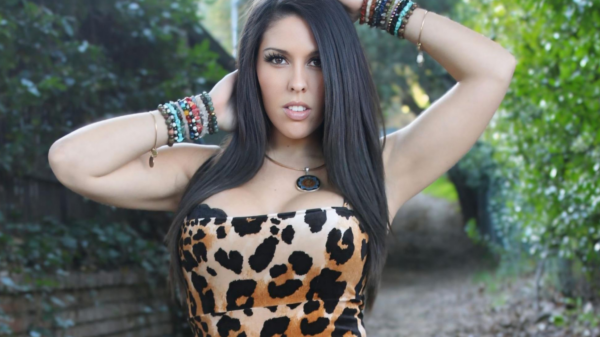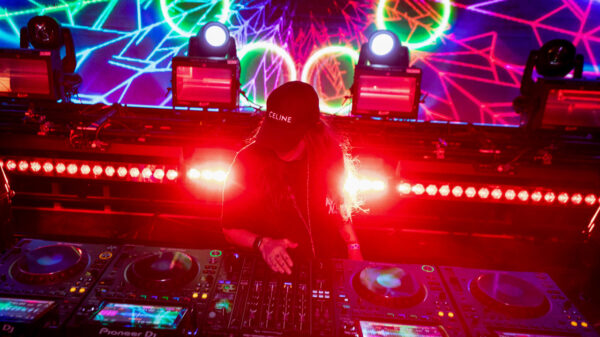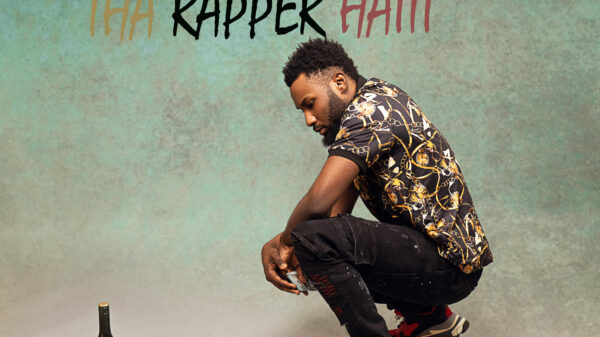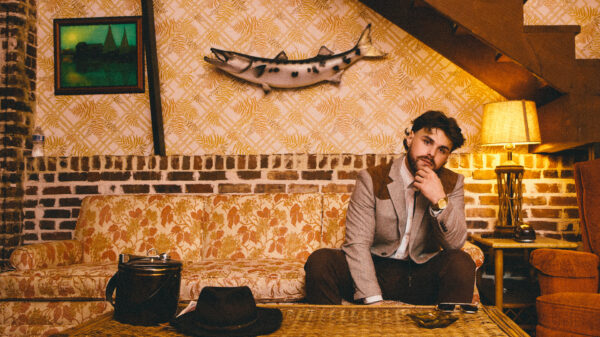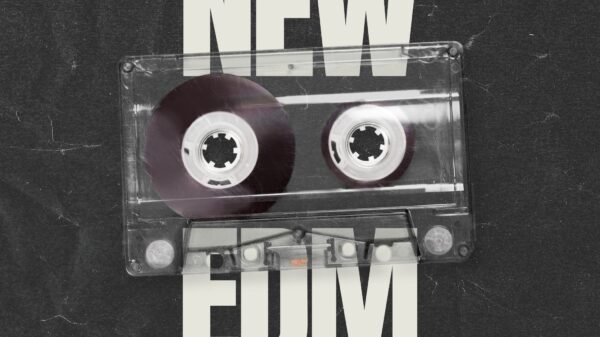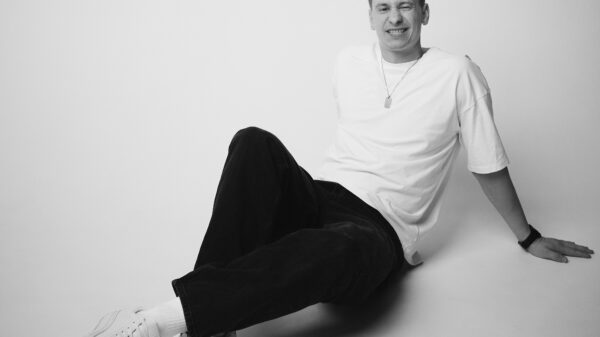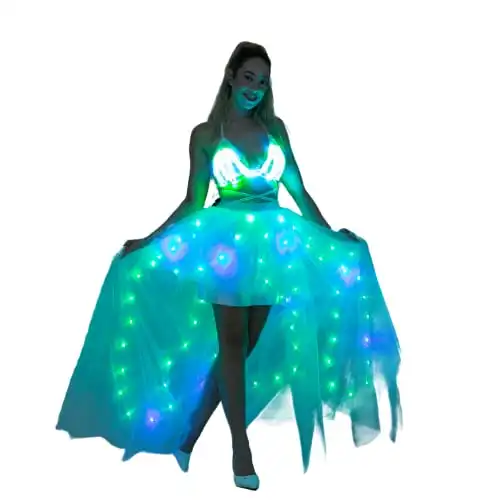With the growth of the electronic music scene, raves have become increasingly popular in recent years. There's something about the combination of pulsing music, flashing lights, and carefree dancing that just seems to appeal to people. However, the whole concept can seem daunting if you've never been to a rave.
So, what exactly is a rave? In this ultimate guide, we'll look at everything you need to know about raves, from their history and origins to what goes on at one today. Let's get started.
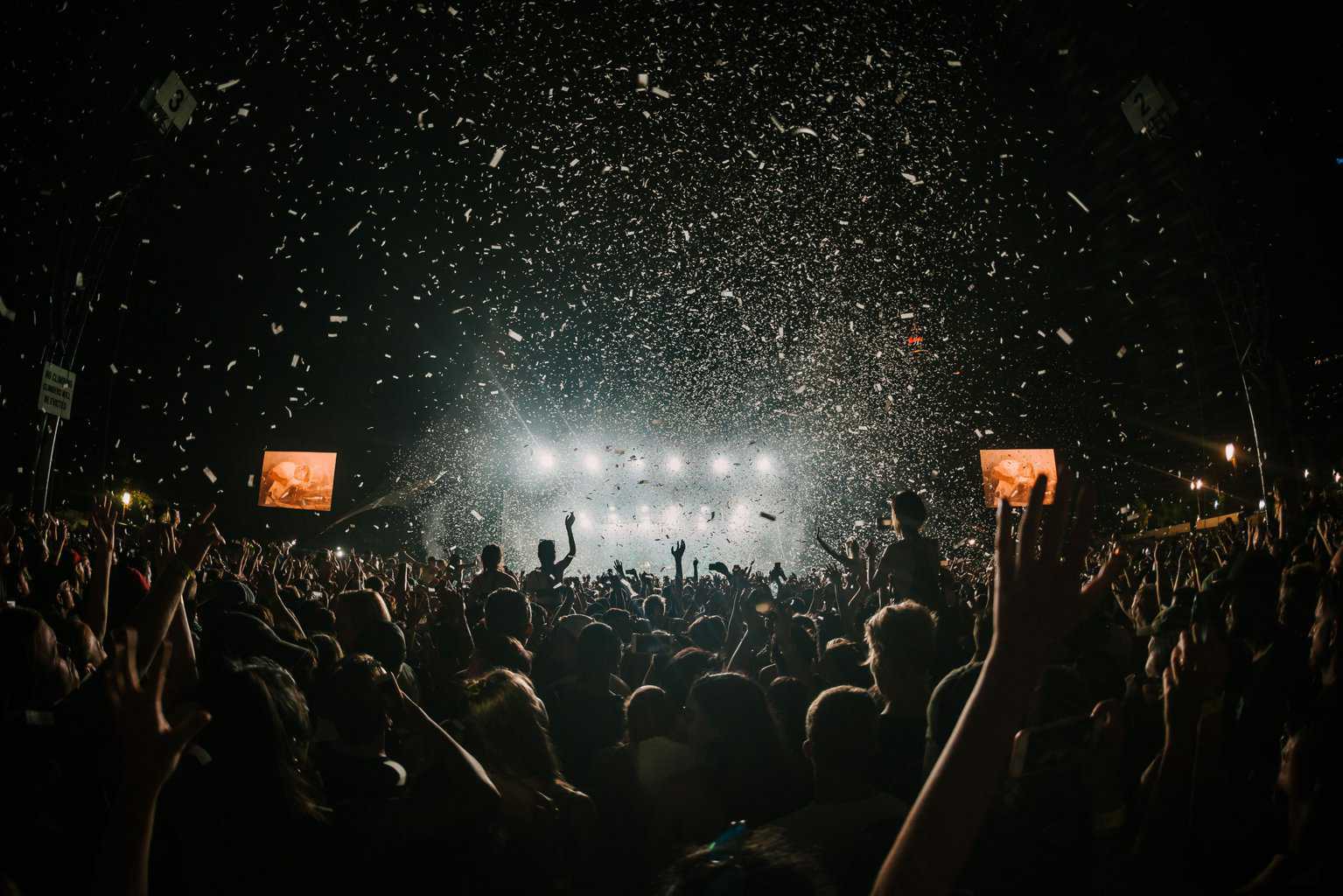 What Is A Rave?
What Is A Rave?
Despite their growing popularity, raves still have a lot of mystery. For many, the word “rave” conjures up images of illegal drug use and debauchery. However, not all raves are associated with drugs. But the music and atmosphere of a rave can often be intense and overwhelming, making them not for everyone.
When Did Raves Start?
Raves first originated in the late 1980s in London, England. They were originally underground parties held in secret locations, such as warehouses or abandoned buildings. These parties were often organized by promoters who would advertise them through word-of-mouth or flyers.
The music at these early raves was primarily techno and house. As the rave scene grew in popularity, however, more electronic music genres began to be played at raves, such as trance, drum and bass, and hardcore.
Raves began to spread to other countries in the early 1990s. In the United States, raves were often held in clubs or illegal warehouse parties. The popularity of raves continued to grow throughout the 1990s and 2000s, with larger and more commercialized events being held worldwide.
Law enforcement raids on illegal raves became increasingly common in the 2000s, as the popularity of the rave scene led to increased scrutiny from authorities. Also, the use of drugs became more prevalent at raves, leading to increased safety concerns.
Rave Music
Rave music is electronic dance music (EDM) characterized by a fast tempo and often includes house, techno, and trance elements. This type of music is typically played by a DJ using turntables, but occasionally live musicians perform at raves.
Raves are often accompanied by laser light shows, projected images, visual effects, and fog machines to create an immersive and stimulating environment. Some raves may also include go-go and fire dancers to add to the visual stimulation.
The loud music at raves is amplified with a large sound reinforcement system that includes powerful subwoofers to produce a deep bass sound. This bass is often what distinguishes rave music from other genres of EDM. Some music styles include:
1. Drum And Bass
With a fast tempo and heavy bass, Drum and bass music is characterized by four significant notes played in a breakbeat. This makes it perfect for raves where people want to dance all night long. There are many subgenres of Drum and bass, each with its distinct sound. Some of the most popular subgenres played at raves include:
- Liquid: Harmonic vocals and a less aggressive bass make this subgenre perfect for those who want to create a more emotional atmosphere.
- Classic dancefloor: This style is all about energetic and positive party music. Sometimes you can even find Drum and bass remixes of popular songs.
- Jump-up: A less complicated beat that uses machine-like sounds, amplified for those who prefer heavier music.
- Neurofunk: This dark and heavy subgenre is almost sci-fi-like with its use of samples and traditional melodies.
2. Trance Music
Trance music originated from the house music movement and rave scene in the late 1980s. The term “trance” was used interchangeably with progressive house in the early rave years. Multiple generations of listeners and musicians have influenced modern trance music. Trance music is complicated to refer to due to its history. Despite this, it remains a popular genre among many electronic music fans today.
3. Electro
With its incorporation of psychedelic sounds, electro was one of the earliest forms of electronic dance music to use rave music. A subgenre of techno, electro often overlaps with house music and can sometimes be characterized by a feeling of trance or acidity. Another subgenre, Miami bass, is also sometimes included under the umbrella of electro.
4. Hardcore Techno
It is a subgenre of hard dance that was influenced by rave music. The genre features pitched-up vocals and a less distorted 4/4 beat. Trancecore is a less vocal fusion of happy hardcore with trance music. However, hardstyle is a more pure form of the trance/hardcore genre since it retains the hardcore sound.
5. Free Tekno
With its quick beats, acid basslines, and mental sounds, free Tekno is a style of electronic music that emerged in the early 1990s. Played mostly by sound system collectives such as Spiral Tribe, Desert Storm, Hekate, and Heretik, free Tekno parties often took place in illegal venues such as warehouses, abandoned buildings, or outdoor festivals (known as Teknivals). Taking inspiration from various other genres, free tekno focuses on creating a fast-paced and intense experience for listeners. Samples from movies, popular songs, and other sources are often used to create an eclectic soundscape.
6. Hardstyle
Developed in the early 2000s, hardstyle is a subgenre of hardcore techno that features a 4/4 kick drum and tempo between 140 and 150 BPM. The genre often includes synths that create a melody, although some tracks may be entirely instrumental. Hardstyle music is sometimes criticized for being too repetitive. However, many fans appreciate its simple yet effective sound.
7. Breakbeat
With its fast tempo and choppy beats, breakbeat is a type of electronic music perfect for dancing. The genre often includes elements of hip-hop, funk, and disco. Breakbeat music is often characterized by its use of samples, which can be from any source, including movies, TV shows, and other songs.
8. Dubstep
A relatively new genre, dubstep first emerged in the early 2000s. The genre is characterized by its heavy bass and lack of vocals. Dubstep tracks often include syncopated drums and percussive sounds. Many dubstep tracks also include a build-up followed by a drop, typically when the bass becomes heaviest.
Also Read: Best Bass Drop Songs of all Time
Location Of Raves
Before commercialization, they were often held in secret locations, only shared with those attending the event. This is done to prevent the authorities from shutting down the party. Raves occur in warehouses, fields, abandoned buildings, and even people's homes.
The secrecy is still there in the rave scene but has diminished in recent years. There are now large commercial events held at the same locations yearly and have similar themes each time. Electric Daisy Carnival and Tomorrowland are two examples of these types of events. They usually attract massive crowds of people.
The use of pagan symbols is not uncommon in the world of raves. Many modern raving venues attempt to create a fantasy-like atmosphere that immerses the raver in another world. This often includes indigenous imagery and spirituality as key elements of the overall experience. For example, both the New Moon and Gateway collectives have been known to set up altars dedicated to pagan gods, decorate their walls with sacred images from primitive cultures, and perform cleansing rituals over the turntables and dance floor.
The strategy of using landscape as a key part of the rave experience is similar to that of pagan rituals. For example, The Numic Ghost Dancers held their rituals in locations believed to have powerful natural energy flows. These sites were then represented in the rhythmic dances to achieve greater connectivity.
Similarly, a rave party is hidden behind a laundromat's washing machine at the Falls festival in Byron Bay. This creates an element of surprise and intrigue for festival-goers and adds to the overall feeling of immersion in the event.
Why Are Raves So Popular?
Raves have become increasingly popular over the years, especially among young people. There are several reasons why raves are so popular, including the fact that they provide a space for people to let loose and have fun without judgment. Additionally, raves often feature live music from up-and-coming DJs and producers, which can appeal to those looking for an alternative to mainstream clubs and festivals. They tend to be more inclusive and welcoming than other types of events, which makes them attractive to people from all walks of life.
Also, many raves take place in unique and interesting locations, adding to the overall experience. Whether it's an abandoned warehouse, a natural setting like a forest or beach, or even a city park, raves provide a change of scenery from the everyday grind. Finally, the sense of community often presented at raves can appeal to those who attend. There is typically a strong focus on inclusivity and acceptance, creating a feeling of belonging for attendees.
How Do I Prepare For My First Rave?
When preparing for your first rave, remember a few key things. First and foremost, stay hydrated! Bring a water bottle with you and drink plenty of water throughout the night. Also, dress comfortably. You want to be able to dance all night without having to worry about your clothes.
Here's a checklist of items to bring to your first rave:
- Earplugs
- Rave Outfits for Women
- Rave Outfits for Men
- Rave Shoes
- Flow Toys
- Hydration Packs
- Diffraction Glasses
- Rave Bracelets
It's not uncommon for people to take drugs at raves, but it's important to be careful concerning your health. It's also a good idea to have a friend with you who can keep an eye on you. Also, read rave reviews for an idea.
Finally, be prepared for a long night. Raves usually go late into the night, so ensure you have enough energy to last. Bring snacks and drinks with you to keep your energy up.
FAQs
Are Raves Illegal In The US?
Raves are not inherently illegal in the United States. However, there have been many instances where law enforcement shut raves down due to issues with drugs or alcohol. Additionally, some cities and states have passed laws that make it more difficult to hold a rave. Some rave deaths have also led to increased scrutiny of the rave scene.
What Is The Point Of A Rave?
People attend raves for a variety of reasons. Some people enjoy the music, while others enjoy the social atmosphere and the chance to meet new people. For some, raves are a way to escape the mainstream world and experience something new and different. Whatever the reason, people who attend raves typically have a good time doing so.
Does Everyone Do Drugs At Raves?
No, not everyone does drugs at raves. However, drug use is rampant at many raves, and this is one of the main reasons why they are often shut down by law enforcement. If you choose to attend a rave, be aware that there is a good chance that drugs will be present.
What Should You Not Wear To A Rave?
There is no dress code at raves, but most people dress in comfortable clothing that they can dance in. Avoid wearing anything too constricting or revealing, as you will likely be sweating a lot. Also, avoid wearing expensive jewelry or clothing items you wouldn't want to lose.
Why Do Ravers Wear Kandi Bracelets?
Ravers often wear Kandi bracelets to express their love for the rave scene. The bracelets are often brightly colored and decorated with beads or charms. They can also be used to meet new people, as ravers often trade bracelets. It's a part of rave culture.
Why Do Ravers Wear Masks?
Wearing masks at raves is not required, but many people do it anyway. Masks can help people feel more anonymous and free to express themselves without judgment. Some people wear masks to protect their identity if they are doing illegal activities, such as drug use, at the rave.
What Is A Rave BAE?
A rave bae is someone who you go to raves with and who you might hook up with or date. It's important to find someone you can trust who shares your love of the rave scene. Rave bae should also be someone you feel comfortable dancing and partying with all night long.
Are Raves Still A Thing?
Yes, rave parties are still a thing. They might not be as popular as they once were, but there is still a sizeable rave scene in the United States and worldwide. Be aware that law enforcement can shut down raves, and drugs are often present, so party responsibly if you choose to attend one.

